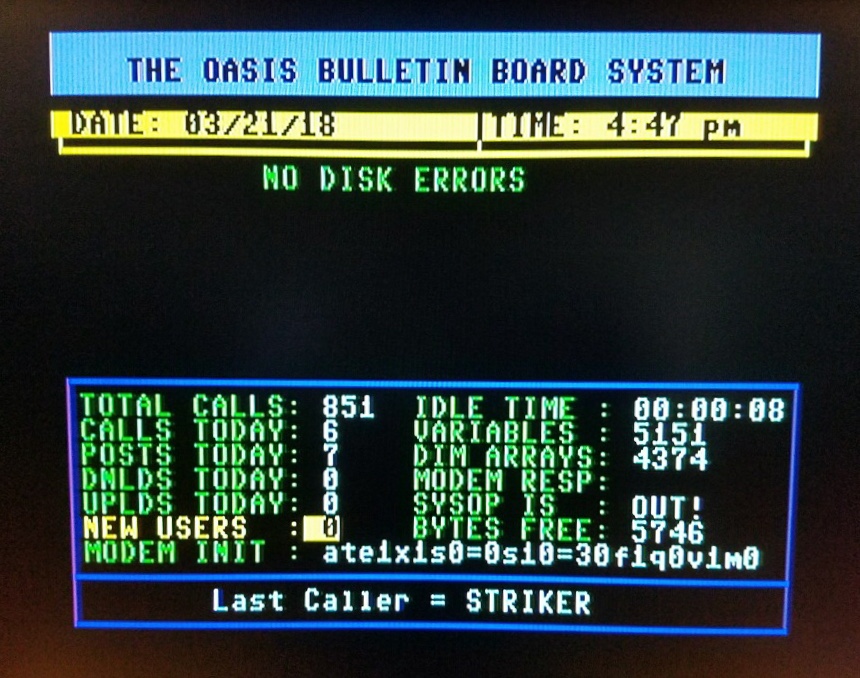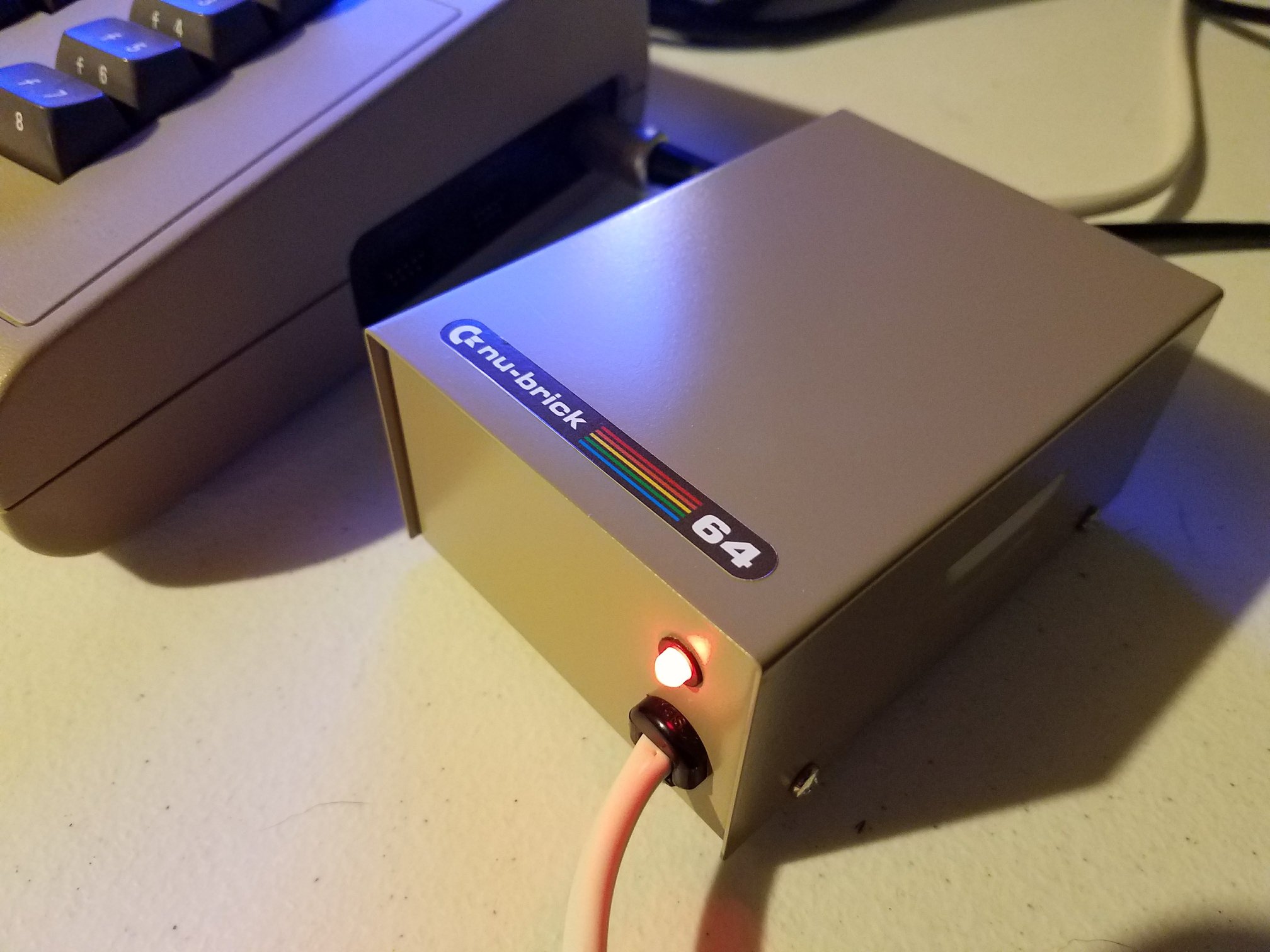Chris Edwards Restoration steps into another challenging project with this detailed Amiga 3000 revival, a repair story packed with corrosion cleanup, chip replacements, and unexpected surprises. The Amiga 3000 revival begins when Chris receives a heavily damaged motherboard from James in the UK, along with an almost comical mountain of chocolate that lightens the mood before the serious work starts.
The system had stopped working after a trip home from a user group meeting, and the symptoms pointed to deeper trouble than a loose connection. Battery leakage had spread across the video and audio areas, and several chips showed clear signs of damage. A problematic DIP RAM chip added to the list, and unusual wiring left Chris shaking his head more than once.
Chris first inspects the board for corrosion and bad solder work, finding numerous points that need attention. He replaces damaged sockets, removes old green-tinted chips, and installs fresh sockets for Paula and Denise. The Amiga 3000 revival reveals more issues along the way, including broken rings on the CPU and audio circuits, previous repair attempts gone wrong, and messy bodge wires that had to be removed or corrected to restore proper signal flow.
Testing becomes a central part of the process. Using DiagROM, a thermal camera, and a stacking method to isolate bad RAM, Chris locates the exact failing RAM chips. Once replaced, the system begins behaving the way it should. With new crystals in place, cleaned traces, and fresh sockets, the machine finally shows a clean display, working audio, stable memory, and successful boot tests.
The Amiga 3000 revival wraps up with full diagnostics confirming healthy ports, timers, video modes, and Kickstart booting through ZuluSCSI. What began as a green-screened board with multiple faults ends as a fully functioning Amiga 3000 ready for use once again.







